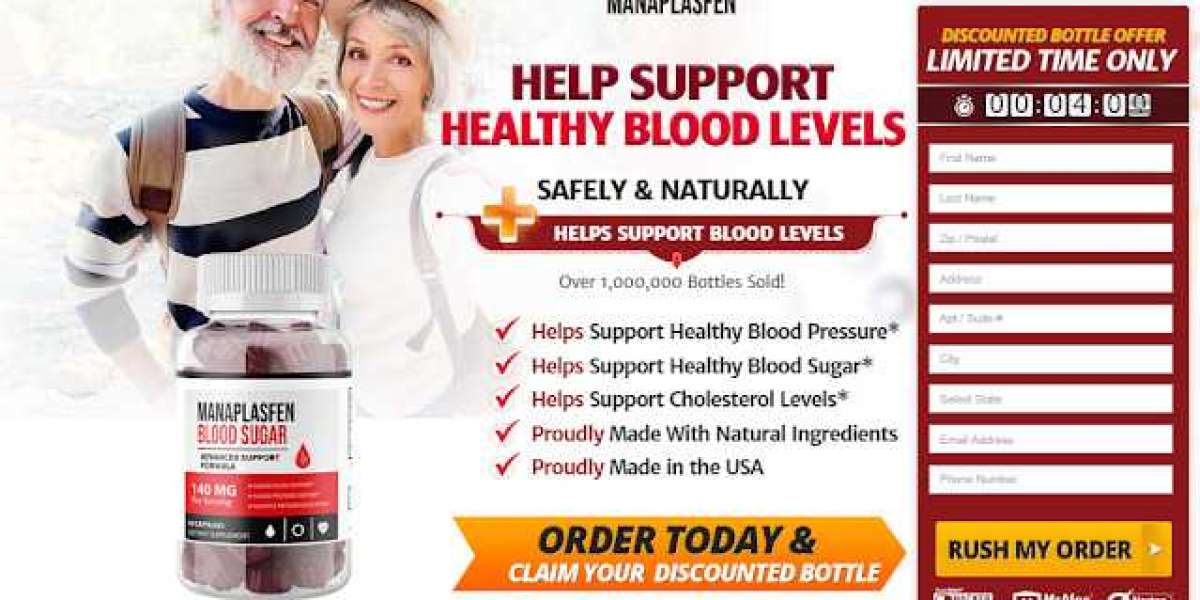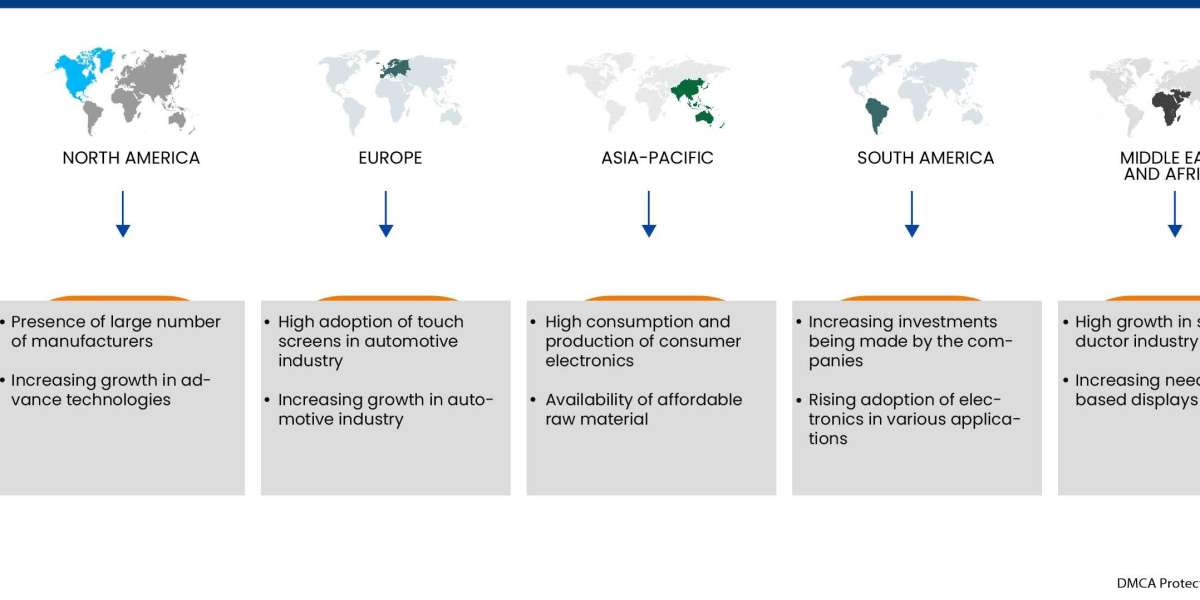Originally Published on: SpendEdge |Regulatory Framework Guiding the Pharmaceutical Packaging Industry
Introduction: Ensuring the safety and effectiveness of pharmaceuticals is a shared concern for manufacturers and consumers. Pharmaceutical packaging is instrumental in preserving medicines, maintaining efficacy, and prioritizing patient safety. Strict adherence to government regulations is foundational for pharmaceutical packaging suppliers. This article delves deeply into the pivotal regulatory frameworks shaping pharmaceutical packaging, highlighting the central role of compliance in this dynamic industry.
Regulatory Frameworks in Pharmaceutical Packaging:
Guidelines for Pharma Packaging:
- Overview: The pharmaceutical industry is obligated to follow comprehensive guidelines to maintain packaging standards and safeguard medicines from environmental factors.
- Anti-Tampering Regulations: Originating from the Tylenol tampering incident, the FDA introduced the Federal Anti-Tampering Act, necessitating tamper-resistant packaging for OTC drugs. Manufacturers can choose from options like shrink wrap, blister wrap, and sealed metal tubes to ensure tamper resistance.
Labelling Regulations:
- Overview: Labeling requirements in pharmaceutical packaging are rigorously regulated.
- Compliance Mandate: Crucial adherence to the Fair Packaging and Labeling Act (1967) in the US, specifying information like product identity, manufacturer details, contents, net quantity, and prescription information.
Pharmacopoeia Standards:
- Overview: Compliance with global pharmacopoeia standards, particularly those set by WHO, is imperative for ensuring product quality.
- Adaptation to Local Standards: While WHO standards are globally accepted, individual countries may modify them. Examples include standards like European Pharmacopoeia – 5.12 and British Pharmacopoeia chemical reference substances (BPCRS).
Additional Guidelines for Pharmaceutical Packaging and Labelling:
- Prioritize Patient-Friendly Design: Implement features like child-resistant packaging, tamper-evident seals, and serialization for enhanced security.
- Clear Information: Adhere to regulations for transparent product information, considering Braille, multilingual labeling, QR codes, and mobile apps for accessibility.
- Anti-Counterfeiting Technologies: Adopt technologies to combat counterfeiting, especially for temperature-sensitive drugs.
- Patient Information Leaflets: Include comprehensive leaflets for patient information, with allocated space for pharmacist labels.
- International Harmonization: Ensure alignment with international standards and active participation in post-market surveillance to uphold patient safety and regulatory compliance.
Conclusion: In the intricate landscape of pharmaceutical packaging, mastering regulatory compliance is fundamental. Adherence to established frameworks not only ensures the integrity of medicines but also signifies an unwavering commitment to patient safety. As the industry evolves, maintaining updated knowledge and seeking expert guidance become imperative to align with emerging regulations and sustain compliance.







